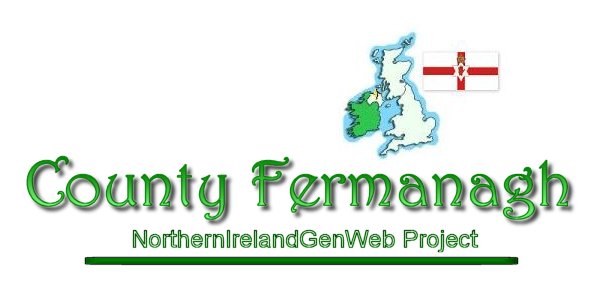

POLL OF ELECTORS 1788
(Index of names is at the bottom of this page)Extract taken from Great Britain and Ireland 1760-1800 by Edith M. Johnston published by St. Andrews University Publications No. LV, Oliver and Boyd 1963. pp 122-7
Until 1793 the franchise was held by the forty-shilling freeholder, if registered, a protestant and not married to a Roman Catholic. In order to become registered, a freeholder was required to go before the Clerk of the Peace for the county and swear that he was in possession of a freehold of forty shillings annual value; in addition he had to state certain facts about it, such as its nature, the name of the grantor, the quantity of land, the date of its title deeds, and, if it was let, the name of the lessee with the amount of rent received. This information was supposed to test the validity of the freehold and these particulars were entered, with the freeholder's name, in the Poll book, which was open to public inspection. For making the entry, the Clerk of the Peace received a fee of sixpence. (a few examples of Registration Books and Poll Books are in the National Library of Ireland).
The freeholder had to be a protestant but he could be an anglican or a dissenter, provided he was not married to a Roman Catholic who had refused to become a protestant within a year of her marriage. (The protestant population of Ireland probably fluctuated between one quarter and one fifth of the whole.)
The Penal Laws by which the anglican ascendancy consolidated their position in the fifty years following the Revolution (1689), had ensured that the land in all the Irish counties had passed almost entirely into their hands, and they let it on very insecure tenures to a very large number of small tenant farmers, generally Roman Catholic in the south and presbyterian in Ulster.
'The laws against popery have so far operated', remarked Lord Townshend in 1772, 'that at this day there is no popish family remaining of any great weight from landed property'. Under these circumstances genuine freeholders were, inevitably, few ....... The scarcity of genuine freeholders, combined with the even territorial interests in the majority of the counties, led to the creation of a class of fictitious freeholders. Fictitious freeholders had the legal posession, in the form of the title deeds and rent-charges, of their freeholds, but not the actual ownership. They were, in fact, the actual tenants of a landlord, who had made them freeholders solely for his political purposes, and the nominal owners of freeholds they had often never seen. The power of the landlord over this type of freeholder was naturally absolute. The shortage of qualified freeholders and the even balance of county interests combined to produce the curious anomaly in the county electorates described by Flood (Henry) in 1785. (Parliamentry Register, V, p 151)It is well known that gentlemen in different counties agree to make freeholders on this condition, 'I will make forty or fifty freeholders in your county if you will make the same in mine, and they shall go to you on condition that yours come to me'. Thus they travel about; and a band of itinerant freeholders dispose of the representation of the country; while mock electors are brought from North to South, and from South to North, an army of fictitious freeholders produced as true. This situation was possible because, as Flood remarked in an earlier debate, (in the Irish Parliament) 'by the laws now submitting, a 40s. freeholder may vote everywhere; the freeholder is not confined by law to the county in which he normally resided, and as 'elections carried on from day to day for a very long period' it was practicable as well as legal for a freeholder to vote in more than one county, even when the dates of polling coincided, which was not always the case. The complete subserviency of the fictitious freeholder, the consequence of his real status, to his landlord secured the efficiency of this peculiar system.
Numbers of electors in Ulster counties.
Donegal 2,5000,
Londonderry 2,300,
Antrim 3,500,
Down 6,000,
Armagh 2,400,
Tyrone 3,000,
Monaghan 1,200,
Cavan 1,850 and
Fermanagh 2,537.Index of surnames in the 1788 Electors Poll
A-B C-D E-F G-H I-J K-L M-N O-Q R-T U-Z
Many thanks to Vynette Sage for letting us to use her work here.